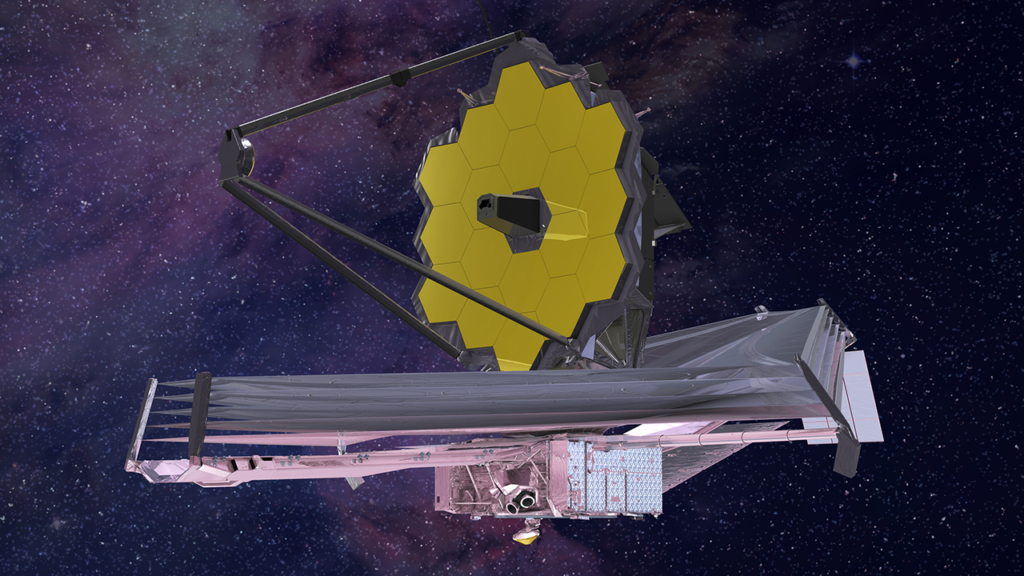Appreciating the Role of Metrology in Quality and Safety.

The advancement made daily in science and technology and Engineering is being made possible by an equal advancement in the science of measurement. My earlier knowledge of metrology has increased a great deal and from where I sit, metrology is a very integral part of quality whichever angle we may want to look at it.
Whenever we talk about quality in products, safety is often at the back of our minds. I have worked on the periphery in the regulatory sector in Kenya and in most of our seating, the overriding principle is always the safety of the consumer.
This safety is always tied to quality. Quality in this case is often quantified. There are guidelines – standards – which must be met for the quantification to be at par with what has been set out. The whole business of quality control in the industry thus becomes a niche of metrology.
So what is metrology?
Metrology is the science of measurement. It utilizes both experimental and theoretical approaches to determine and quantify uncertainties in measurement which then gives us confidence in the applications of those measurements.
A.Jorio and M.S. Dresselhaus noted that we have three subareas of measurement. They are scientific metrology, applied metrology, and legal metrology. Legal metrology is listed as the last as it deals with the legal frameworks concerning regulatory issues which as I earlier noted becomes the safety net for consumer protection.
Scientific metrology deals with the establishment of units of measurement and applied metrology deals with the application part of those measurements in industry and other areas of our daily life. These two areas are very critical in driving the innovations we see developing daily.
Metrology and quality
Take a minute to ask yourself what the world would be without reliability in measurements. In one word, the world would be in chaos. Consumer protection would be at risk as is with their safety. Most areas of our life would be in pure disarray and we could be looking at the daily waste of resources.
Last year on December 25th, 2021, NASA sent the James Webb Telescope into space. Had the team not taken serious consideration of ensuring reliable measurements were used throughout the whole project, all the money put into the project could have been lost in a moment. And now we have the opportunity to view outer space like never before.

From the first day, all the calculations that were done needed to be of utmost accuracy and precision. This included the building and assembling of the rocket. It continued to the projectile calculation of the path to be traveled by rocket to the exact time of disengagement and the precise time the telescope would join the orbit. Not only that.
Another crucial application of metrology is in the aviation industry. Take a moment to imagine what a calculation error can mean to a whole airplane carrying over 500 people. A case in time is an engineer’s error to use a single line of rivets where there are supposed to be two and that rivet line needs to withstand the cabin pressure (often 11-12 pounds per square inch PSI).
Such a wrong decision means the difference between life and death. The same applies to measurements in the automotive industry and virtually every other aspect of our daily lives. Metrology comes in to investigate the ‘integrity’ of the measurements to make them acceptable within the applicable uncertainty limits.
Metrology and safety
Let’s take another case of a measurement done to determine the amount of cyanide in cassava. The person who does the measurement finds that the cyanide levels in the cassava are low and says it’s safe to consume it. This could be the same case for a measurement done to determine aflatoxin in maize flour.
The first question we ask ourselves without any quantitative measurement is what are those low levels? Codex indicates that the acceptable aflatoxin levels in human food should not exceed 0.5 to 15 ppb. Now that means if the person determines, reliably, that the aflatoxin levels are 10 ppb, he/she is justified to say that the flour can be consumed. But what if their measurements determined a figure like 30 ppm? Well, those levels are low of course. But does it make the flour safe for consumption? Certainly not.
The same thing applies to medical equipment such as x-ray machines and medical consumables such as needles and syringes. Measurements often mean a thin line between death and life regarding overdose in health applications.
Metrology and financial markets
Market risk is a measure. It deals with determining risks that arise from variations in stock prices, interest rates, exchange rates, and commodity prices. And these are things that keep changing every single moment. That is the reason there is a measurement of time for the financial markets as a simple mistake could mean the loss of billions of dollars of money.
Value at risk (VAR) will either be small or insanely big depending on how right someone’s measurements are found concerning predictions of markets within a certain period.
In a nutshell, the science of measurements is in our daily activities. Nowadays, we are very cognizant of measuring our movements using the smartwatch which measures our blood pressure and heartbeats. We are always watching sugar in our blood as well.
Are we doing so blindly? Nay. There are points we look at those measurements and we know something needs to be done. I have spoken with a lot of people who are keen on their mass/weight. They are careful to maintain it at a certain range. Going beyond those limits means danger. Now imagine using a faulty machine that gives wrong measurements.
We are very keen as well on the amount of fuel we are consuming because of the rising cost of living. In simple times we are exercising metrology knowing or unknowingly. Nevertheless, the advantages have been great for industry since metrology has made it possible for precision manufacturing, precision agriculture, automation, and technological advancement and now industry 4.0 is being driven by the centrality of big data which is all measurements.
Let me finish with this quote from Saint Isidore of Seville that says, “take from all things their numbers and all shall perish.” Without meaning to measurements, they are as good as nothing though.






